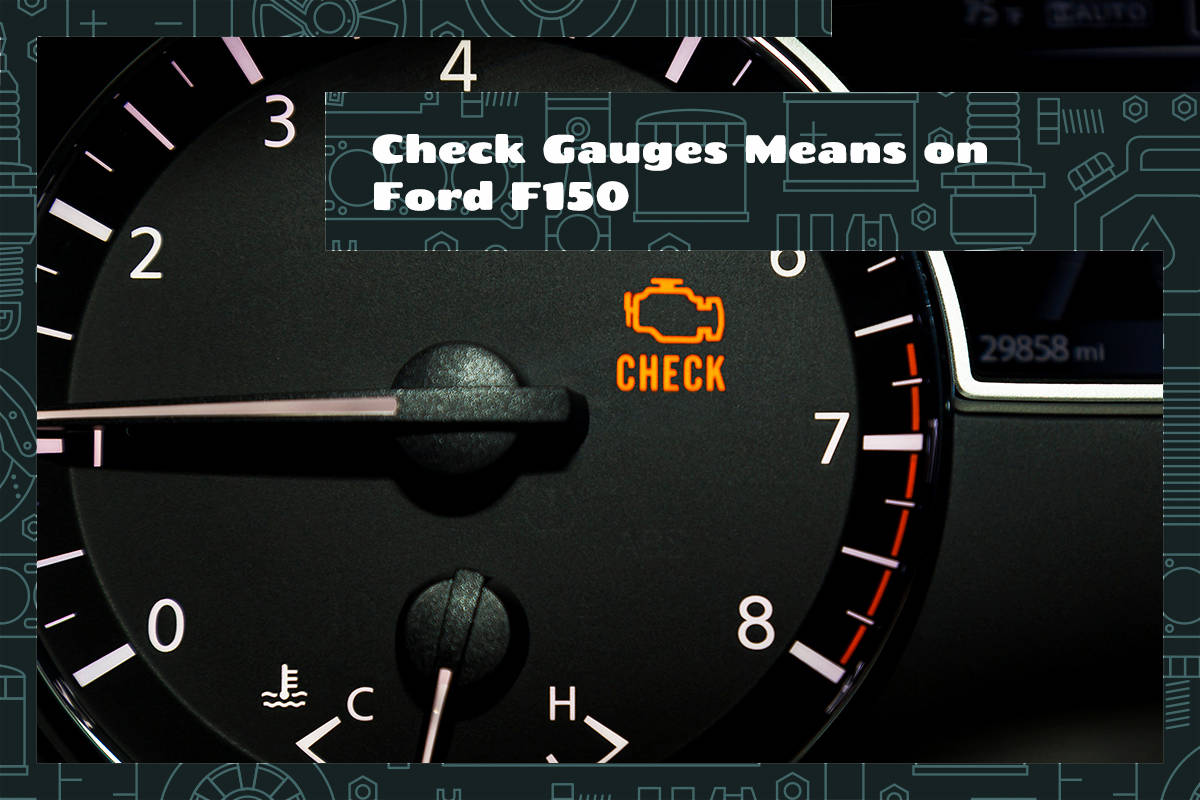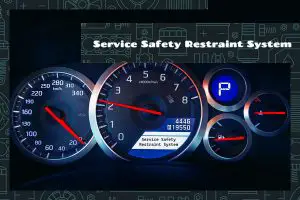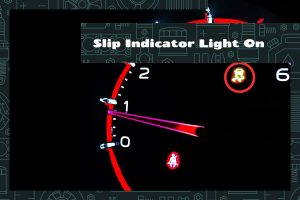In the intricate dashboard of a vehicle, various lights and symbols guide drivers on the health and status of their automobile. Among these, the “Check Gauges” light is more than just an indicator; it’s a messenger that highlights potential issues that need immediate attention.
The “Check Gauges” light on a Ford F-150 activates when one or more of the dashboard gauges—oil pressure, engine temperature, battery voltage, or fuel level—register outside the normal range.
This article explains this vital dashboard light in greater detail, as well as details the common causes of this light and what you should do when it activates.
The Role of Gauges in the Ford F150
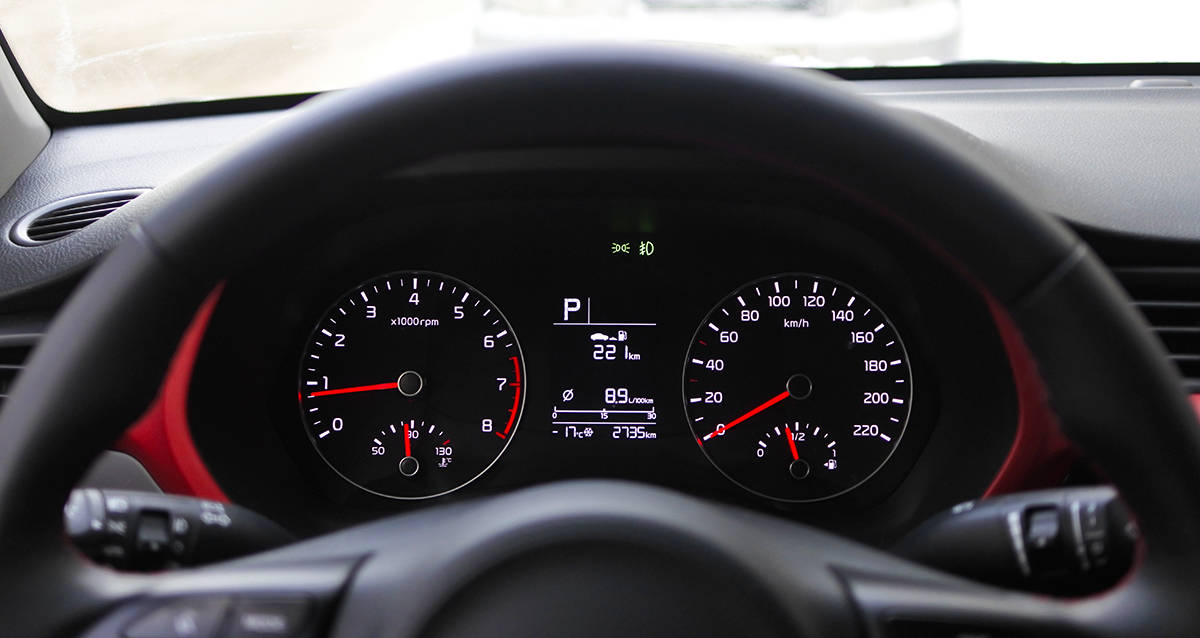
Gauges play a pivotal role in all vehicles. They serve as the vehicle’s diagnostic system, providing the driver with real-time feedback on the truck’s operational health. Acting as a bridge between the vehicle’s internal mechanics and the driver, gauges ensure that any potential issues are highlighted promptly.
There are several gauges that appear on your dashboard, from oil pressure to fuel level. However, the “daddy” of all gauges is the “Check Gauge” light.
The “Check Gauges” Warning
The “Check Gauges” warning typically manifests as a light on the dashboard, often accompanied by a symbol resembling a gauge or sometimes just the text itself. This warning doesn’t light up without reason. It activates when one or more of the dashboard gauges indicate readings that fall outside the normal operating range.
Unlike other lights that may be more prescriptive, like the “Check Engine” light, the “Check Gauges” warning requires the driver to scan all gauges and discern which one might be showing abnormal readings.
Think of it as a general alarm that sounds off before a potential problem becomes a significant issue. By alerting the driver to check the gauges, it offers a chance to address problems early, potentially saving on expensive repairs and preventing roadside breakdowns.
Common Causes for “Check Gauges” Warning
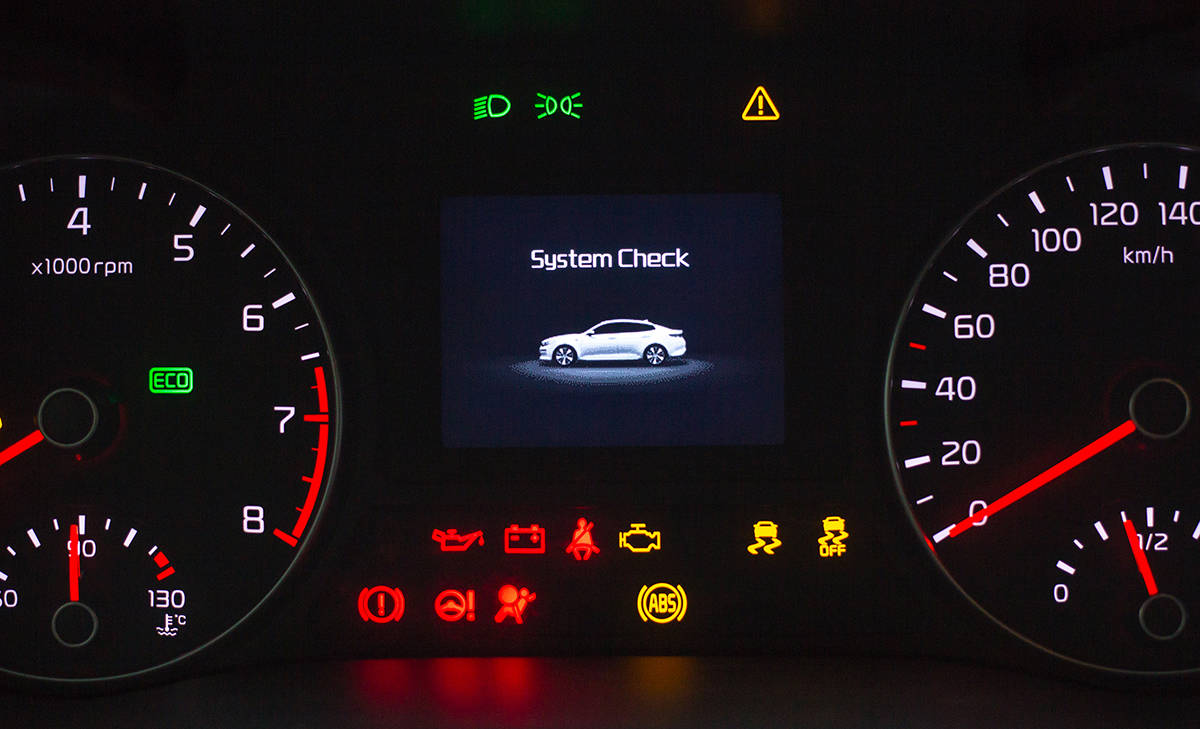
When the “Check Gauges” warning lights up on your Ford F150 dashboard, it’s more than just a light show. It’s the truck’s way of communicating that something is amiss with one or more systems.
Some of the more common causes of the “Check Gauges” light flashing are as follows:
1. Low Engine Oil Pressure
Engine oil lubricates moving parts, preventing them from wearing out prematurely. If the oil pressure drops, it means that the engine parts aren’t getting adequately lubricated. This situation can arise due to a leak in the system, a malfunctioning oil pump, or simply running low on engine oil.
2. Engine Overheating
Engines operate under high temperatures, and the cooling system ensures they don’t get too hot. If your engine temperature gauge is reading higher than usual, it indicates that the engine is overheating. Common reasons for this include a low coolant level, a malfunctioning water pump, clogged radiator, or a broken fan belt.
3. Low Battery Voltage
Your truck’s battery is its primary electrical power source. If the voltage drops, it could mean the battery is dying or there’s an issue with the charging system. This situation can result from leaving lights or accessories on for extended periods while the engine is off, a malfunctioning alternator, or simply an old battery nearing the end of its life.
4. Low Fuel Level
While running out of fuel might seem obvious, continuously driving on a near-empty tank can lead to other problems. Sediments that settle at the bottom of the tank might get pulled into the fuel system, leading to potential blockages or dirtying the fuel filter.
5. Faulty Sensors
Modern vehicles, including the Ford F150, are equipped with numerous sensors to monitor various systems’ health. Occasionally, these sensors can malfunction, sending incorrect readings to the dashboard. In such cases, even if the vehicle’s systems operate correctly, the “Check Gauges” warning might still activate.
6. Transmission Issues
Although less common, transmission problems can also trigger the “Check Gauges” light. If the transmission fluid is low, or the system overheats, it could cause irregular readings.
Immediate Steps to Take When “Check Gauges” Warning Appears

One flashing light may be a cause for concern, but if the daddy of all lights turns on—the Check Gauges light—then you need to take immediate action. If you’re unsure of what to do, you should get your car inspected by a trained mechanic.
1. Scan All Gauges
Upon seeing the “Check Gauges” warning, review all gauges to pinpoint which one is displaying abnormal readings. Look for gauges that are in the red zone or ones showing unusual behavior.
2. Listen and Feel
Apart from visual cues, pay attention to unusual noises or changes in the vehicle’s handling. These might provide additional clues about the underlying issue. Grinding sounds, for instance, might point to brake issues, while a stuttering engine could be a sign of fuel or ignition problems.
3. Address Overheating Issues
- Turn off the air conditioning immediately, as it puts extra strain on the engine.
- Turn on the heater. This might sound counterintuitive, but it can help draw heat away from the engine.
- Pull over and turn off the engine if the temperature doesn’t drop. Allow it to cool for at least 30 minutes before checking the coolant level.
4. Examine Oil Pressure
Driving with low oil pressure can severely damage the engine. Turn off the engine and check the oil level if you notice this. If low, add oil to the recommended level. If the oil level is correct, but the warning persists, seek professional assistance.
5. Review Battery Voltage
Should the battery gauge show a low voltage reading, it could indicate a dying battery or issues with the charging system. While the vehicle may continue running, it’s advisable to head to the nearest service station or mechanic. Prolonged driving with a weak battery can result in getting stranded.
6. Check Fuel Levels
A nearly empty fuel tank can also trigger the warning. If you’ve been stretching your fuel, the immediate remedy is to refuel. Additionally, habitually running on low fuel can harm your fuel pump, so try to refill once you’re down to a quarter tank.
